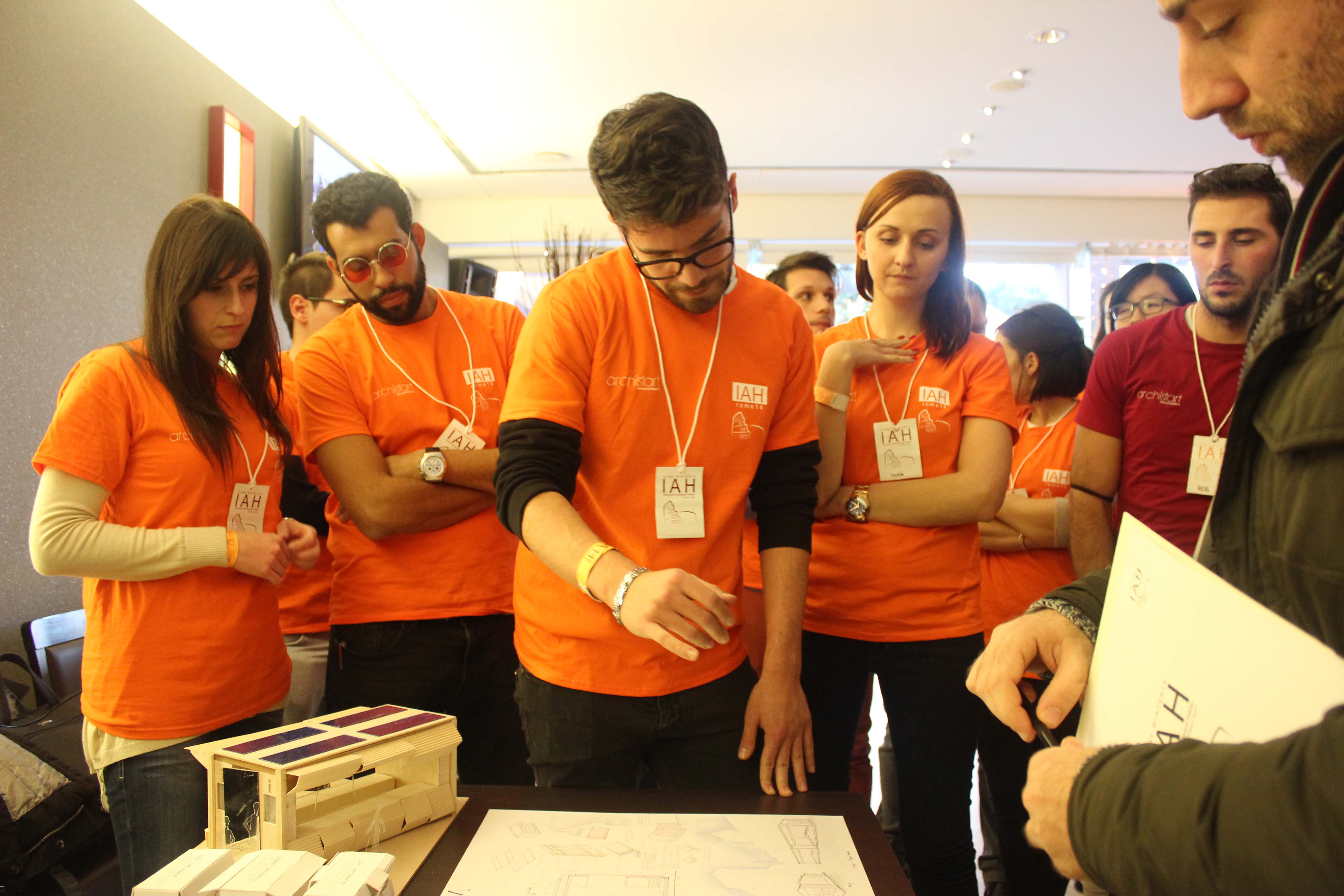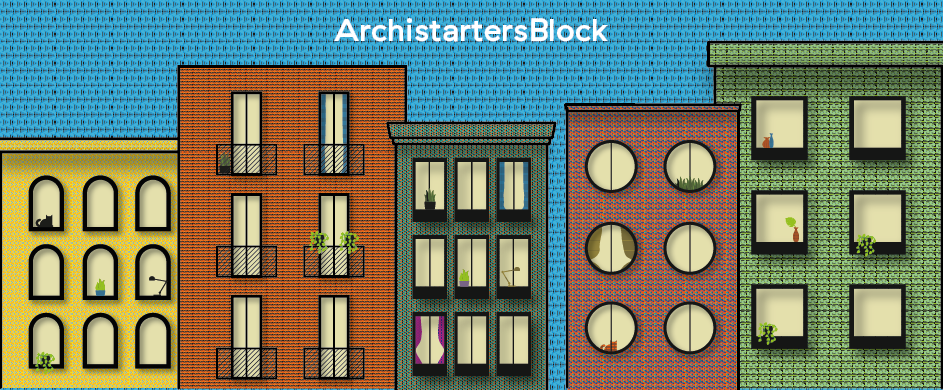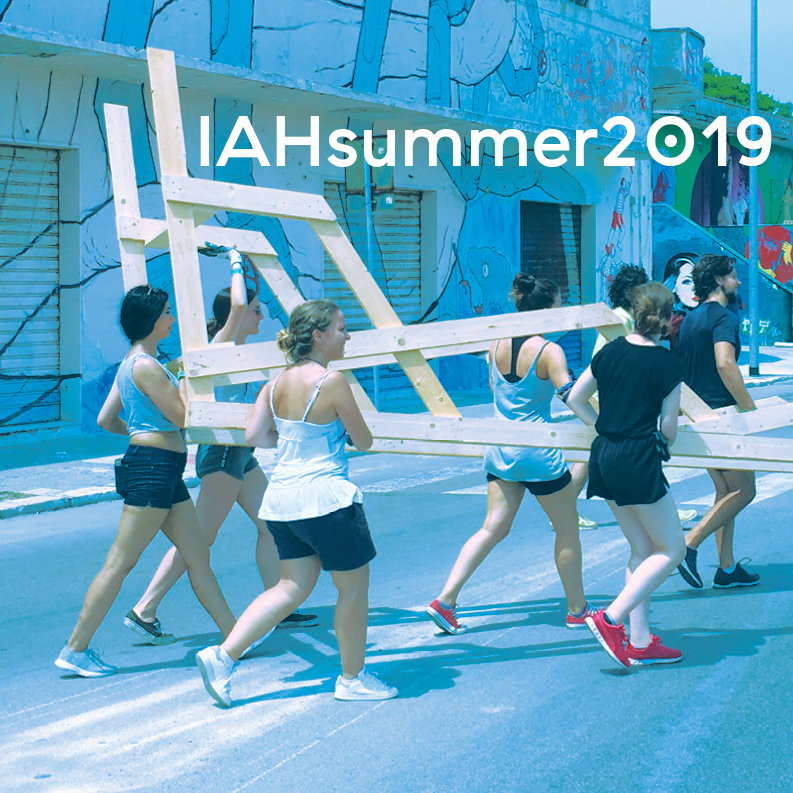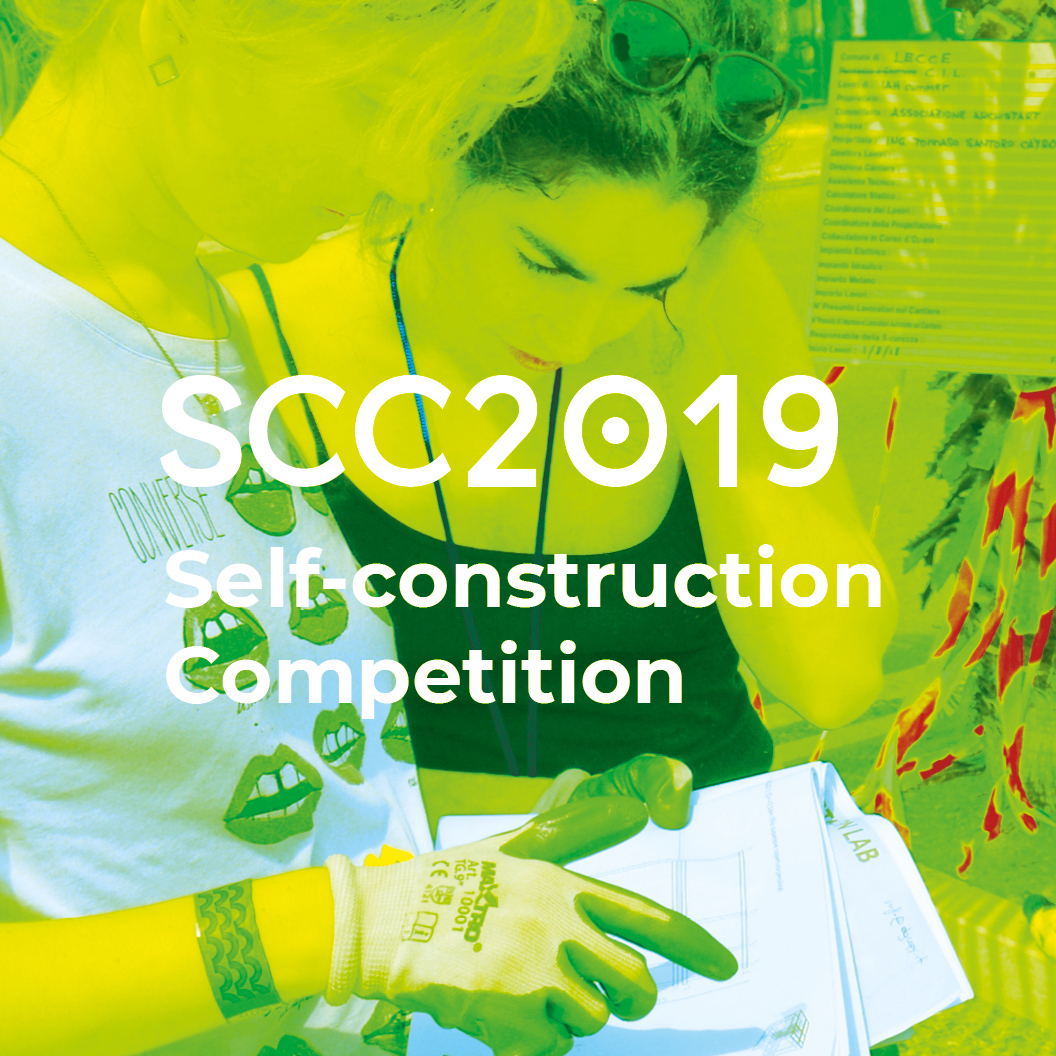Archistart has had the good fortune to meet many young talents who have then stood out in the working world.
After 5 years from the launch, the web platform has now more than 13,000 active users and 25,000 followers on social networks. Almost 4,000 young architects took part in the workshops and events.
For the fifth anniversary, Archistart has tracked down some of them to talk about their professional lives.
///
Archistart ha avuto la fortuna di intercettare negli anni numerosi giovani talenti che si sono poi contraddistinti nel mondo lavorativo.
Dopo 5 anni di attività il portale web conta più di 13000 users attivi e 25000 followers sui social. Quasi 4000 giovani architetti hanno preso parte a workshop ed eventi.
In occasione del quinquennale dalla prima attività Archistart ha rintracciato alcuni di loro che hanno raccontato qualche aneddoto sulla loro vita professionale.

Marco Digrandi has participated in two consecutive editions of IAH, standing out with the projects “S-Moving House“, that studied a new flexible accommodation module for Apulian tourism, and “Emporium”, a new kiosk idea to be proposed as a solution to the growing issue of street vendors in Rome.
Marco is a native of Catania, Sicily, he studied architecture at the Polytechnic University of Turin and completed training at ENSA in Marseille where he is currently living and working.
He was happy to dedicate us some time to tell about the journey that took him out of Italy:
///
Marco Digrandi ha partecipato a due edizioni consecutive di IAH mettendosi in evidenza con i progetti “S-Moving House” che studiava un nuovo modulo ricettivo flessibile per il turismo pugliese e “Emporium” una nuova idea di chiosco da proporre come soluzione alla crescente problematica romana dei venditori ambulanti.
Marco è originario di Catania, ha studiato architettura al Politecnico di Torino e ha completato la formazione all’ENSA di Marsiglia dove è rimasto a vivere a lavorare.
E’ stato felice di dedicare il suo tempo e raccontare il suo percorso che lo ha portato fuori dall’Italia:
Your inclination towards the international environment has certainly allowed you to integrate wonderfully into our events. Almost four years later we had no doubts we would have found you abroad. Many young architects are wondering how to face distance from home. Is this perhaps the greatest fear to overcome when you leave your country?
Thank you. I believe this spirit comes from to the ease we have today to study abroad thanks to the Erasmus program. Being away from home is challenging, it makes us appreciate what we have but at the same time it is part of the natural course of events. I am part of that Erasmus generation that no longer perceives the boundaries as barriers. At the beginning it is difficult, but then you get used to everything.
///
Grazie. Credo che sia merito della facilità che abbiamo oggi di poter studiare all’estero grazie al programma Erasmus. La lontananza da casa ci mette a dura prova, ci fa apprezzare quello che abbiamo ma allo stesso tempo fa un po’ parte del corso naturale degli eventi. Faccio parte di quella generazione Erasmus che i confini non li percepisce più come delle barriere. All’inizio è difficile, ma poi ci si abitua a tutto.

Have you ever thought about going back to Italy perhaps spending the experience in France for a big Italian architecture firm?
That’s something I cannot deny. I really want to go back to my Sicily, and contribute to the development of the area where I was born and raised.
///
E’ un cruccio che non posso negare. Avrei tanta voglia di tornare nella mia Sicilia, e contribuire allo sviluppo del territorio dove sono nato e cresciuto.
Archistart has been surrounding itself for years with curious and active young talents like you. How important do you think it is to network today? What are the extra university experiences that you consider fundamental to prepare for the world of work?
In my opinion, extra-university experiences are an essential part of the training. During my studies I participated in two workshops in Italy organized by you, at a workshop in Lebanon with local students, I worked in Shanghai as a trainee and I participated in three Erasmus programs in Spain, Germany and France between bachelor and master degree. These are all experiences that allowed me to build my network and learn about different points of view. The experience that I undoubtedly recommend to everyone is the Erasmus, which has allowed me to grow at a professional level but above all human.
///
Secondo me le esperienze extra-universitarie sono parte integrante della formazione. Durante i miei studi ho partecipato ai due workshop in Italia organizzati da voi, a un workshop in Libano con gli studenti del luogo, ho lavorato a Shanghai come tirocinante e ho partecipato a tre Erasmus in Spagna, Germania e Francia tra triennale e specialistica. Sono tutte esperienze che mi hanno permesso di costruire la mia rete e conoscere diversi punti di vista. L’esperienza che senza dubbio raccomando a tutti è l’Erasmus, che mi ha permesso di crescere a livello professionale ma soprattutto umano.
Tell us something about Tangram Architects. How long have you been working there? What are you dealing with specifically in the study?
Tangram is an architectural, urban and landscape architecture firm that has about 80 people from 12 different nationalities. The team consists of seven poles that work in close collaboration: urbanism, landscape and public spaces, residences, hotels and public facilities, tertiary and industrial, interior architecture and construction sites. Furthermore, there are many cross figures that enrich the transverse skills of the frim, such as the BIM manager. I have been working here for a year within the hotel and public facilities hub and I deal with schools, offices, hotels and health facilities. At the moment I am on a kindergarten project on the island of Réunion.
///
Tangram è uno studio di architettura, urbanistica e paesaggio che conta circa 80 persone di 12 nazionalità diverse. L’équipe si compone di sette poli che lavorano in stretta collaborazione: urbanismo, paesaggio e spazi pubblici, residenze, hotel e strutture pubbliche, terziario e industriale, architettura degli interni e cantiere. Inoltre sono presenti diverse figure che arricchiscono le competenze trasversali dello studio, come per esempio il BIM manager. Lavoro qui da un anno all’interno del polo hotel e strutture pubbliche e mi occupo di scuole, uffici, hotel e strutture sanitarie. Al momento sto seguendo il progetto di un asilo nell’isola della Riunione.





